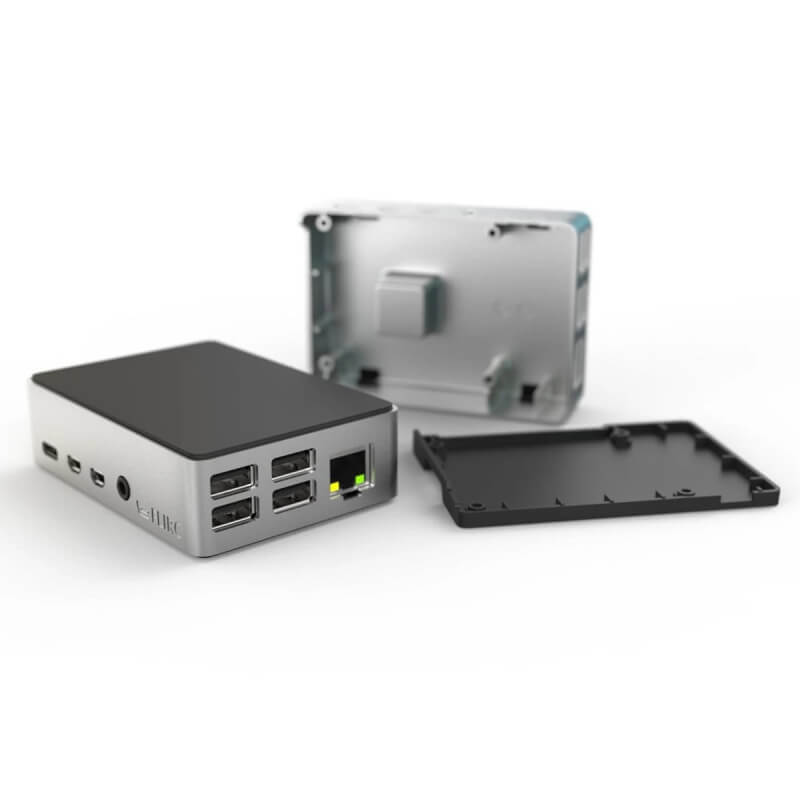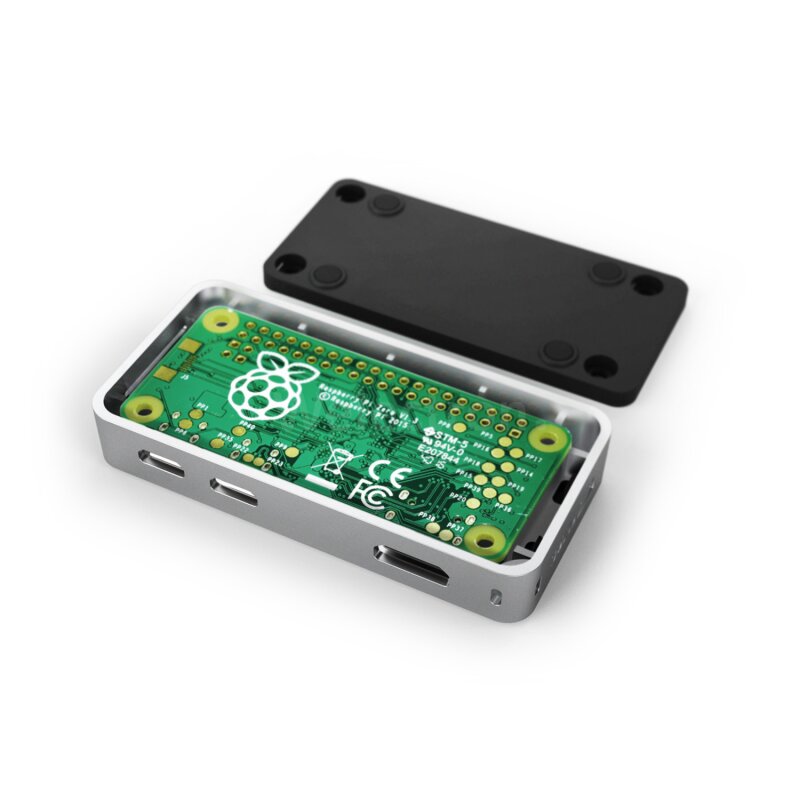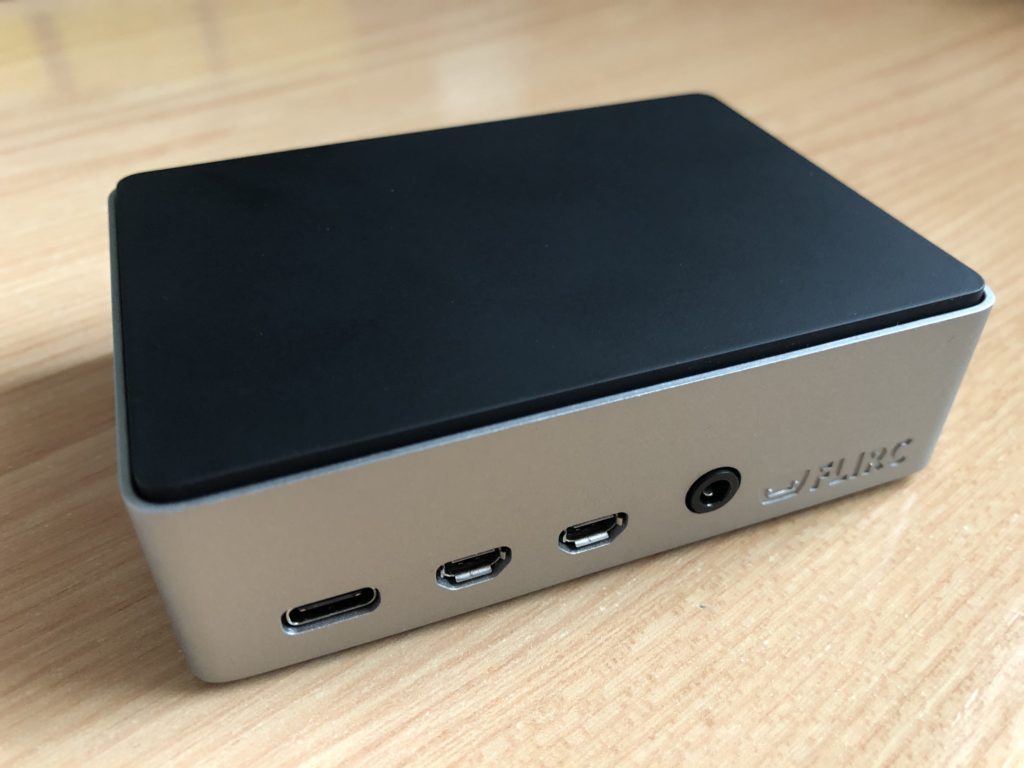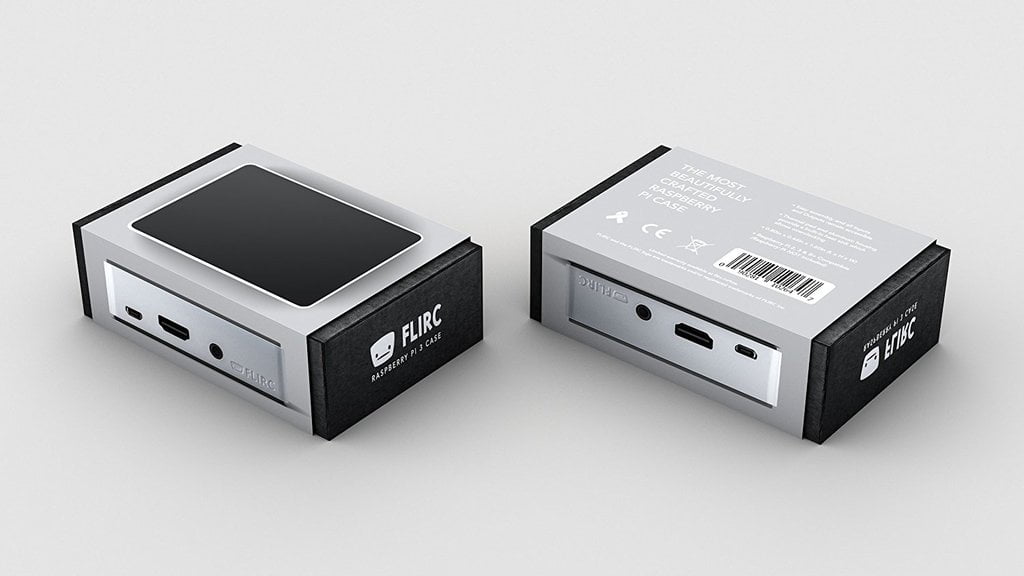

With a kernel build churning along (I spend more time than most building kernels on my Raspberry Pi boards) and the top plastic off, I figured that some water would cool the cores down. I’ve got this extra performance, and I enjoy wringing out devices like that. Why? Because I figured I should be able to do that. My goal, for no particular reason, was to sustain 1.4Ghz. I started messing around assuming that, eventually, I’d bolt a peltier cooler on somehow to keep things as cold as I wanted them. Just how good is the thermal connection to the case? How much heat can I really pull out? I don’t know what you do when you’re bored and it’s smokey outside so you can’t do much property work, but I’m inclined to play around with kernel builds and thermal throttling - or, at least, I was a month or two ago.

But, neither will they stay cool enough for 1.4GHz unless the room is really, really cold. Temperatures won’t keep climbing towards 80C and the more extreme throttling unless the room is really, really hot. Temperatures under load rise up to about 60C, the processor throttles back to 1.2GHz, and then temperatures are stable just a hair above where it will run at 1.4GHz. What I found, playing around, is that the FLIRC case will cool the 3B+ passively at 1.2GHz, but not 1.4GHz. See those plastic tabs around the edge? Those let you remove the plastic top if you have reason to - which I most certainly do! The aluminum does a great job spreading heat to the whole case. There’s a depression in the top that reaches down to make contact with the processor, which serves to transfer heat to the entire case - it’s noticeably warm in operation, but the processor stays nice and cool, because it has a very large heatsink with a lot of area to radiate heat. The bottom is plastic, so wireless still works well. In addition to protecting the Pi very well, it just looks good. It’s a beautiful aluminum case with a nice plastic cover on the top. If you’re lucky, you can find a combo that comes with a Raspberry Pi 3B+ and the FLIRC case together. You can order from them directly, or find them on eBay for about $18. :~ $ vcgencmd measure\_clock armĪround the time I picked up the Raspberry Pi 3B+ (Micro Center is awesome), I also decided to mess around with the FLIRC case. The CPU will throttle independently of what the kernel governor requests. If you’re trying to measure the processor speed on a Raspberry Pi 3/3B+, any of the guides talking about the Linux processor governor are wrong.

At that point, it drops back to 1.2GHz, remains there up to 80C, and then throttles much like the old system. For the 3B+, while the processor is rated at 1.4GHz, it will only hold 1.4GHz up to 60C. For the Raspberry Pi 3, the processor held 1.2GHz up to 80C, and then throttled back to hold ~80C. The faster processor, though, is a bit of an interesting case. Plus, there’s the nice mental heat spreader over top, helping cool hot spots on the chip. The board is thicker and heavier from upgraded internal power/ground planes, which helps spread heat, preventing the chip from clocking down as much as on the Pi 3. This replaced the Raspberry Pi 3, and included a number of very nice improvements - gigabit ethernet, 5GHz wireless, slightly faster RAM, a new power supply on the board, an improvement in processor clock speeds and, most excitingly, radically improved thermal behavior.

On Pi Day, 2018 (March 14, or 3.14), the Raspberry Pi foundation announced the latest and greatest Raspberry Pi - the Raspberry Pi 3B+.
Raspberry pi flirc case software#
My Raspberry Pi 3B+ can build the Linux kernel at 1.4GHz without even hitting 50C! Can yours do that? Plus, the fan is automatically controlled by some software and the GPIO pins - which, in addition to saving a (tiny) bit of power, just looks cool when the fan comes on automatically. As is often the case in my lab, what started as “messing around” turned into something far more exciting: This contraption! I have no idea what to call it, but it’s pretty cool (running)! It does a really good job with the 3B+ as well - but it didn’t keep things quite as cool as I wanted. It’s slightly more expensive than the “Moster” heatsink case I used, but it’s a good bit better at cooling a Raspberry Pi 3. What I missed, though, was an even better case on the market that does an even better job with cooling - the FLIRC case. Earlier in 2018, I did some experiments related to the Raspberry Pi 3 thermal behavior under load, and I found a case that worked reasonably well to keep it cool.


 0 kommentar(er)
0 kommentar(er)
